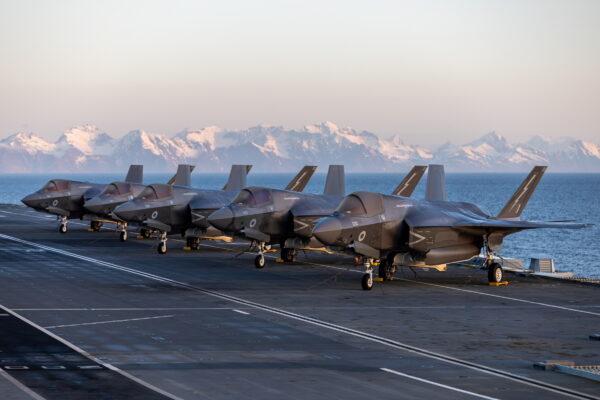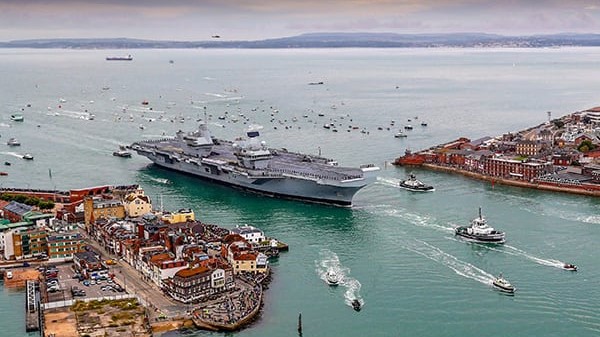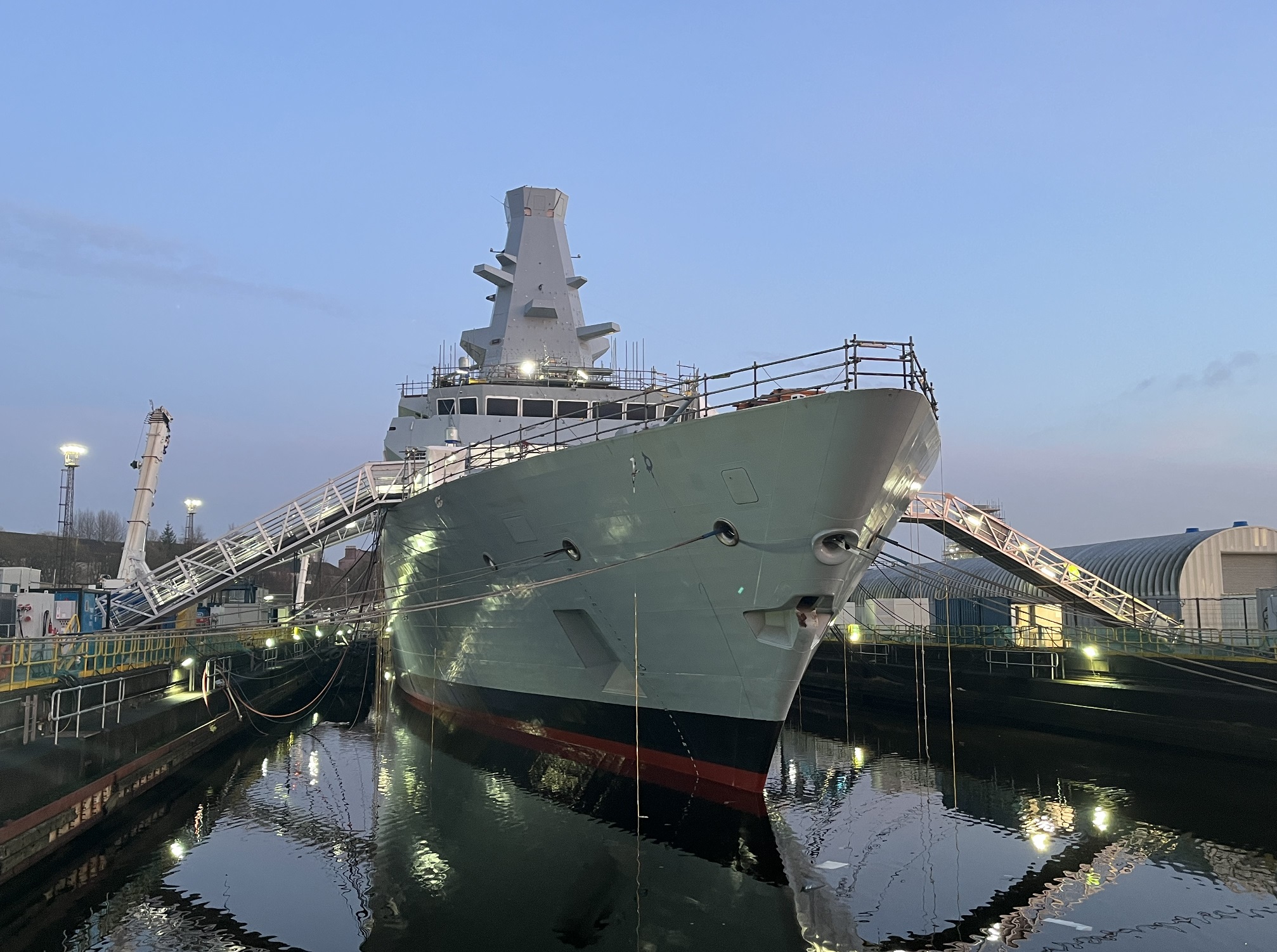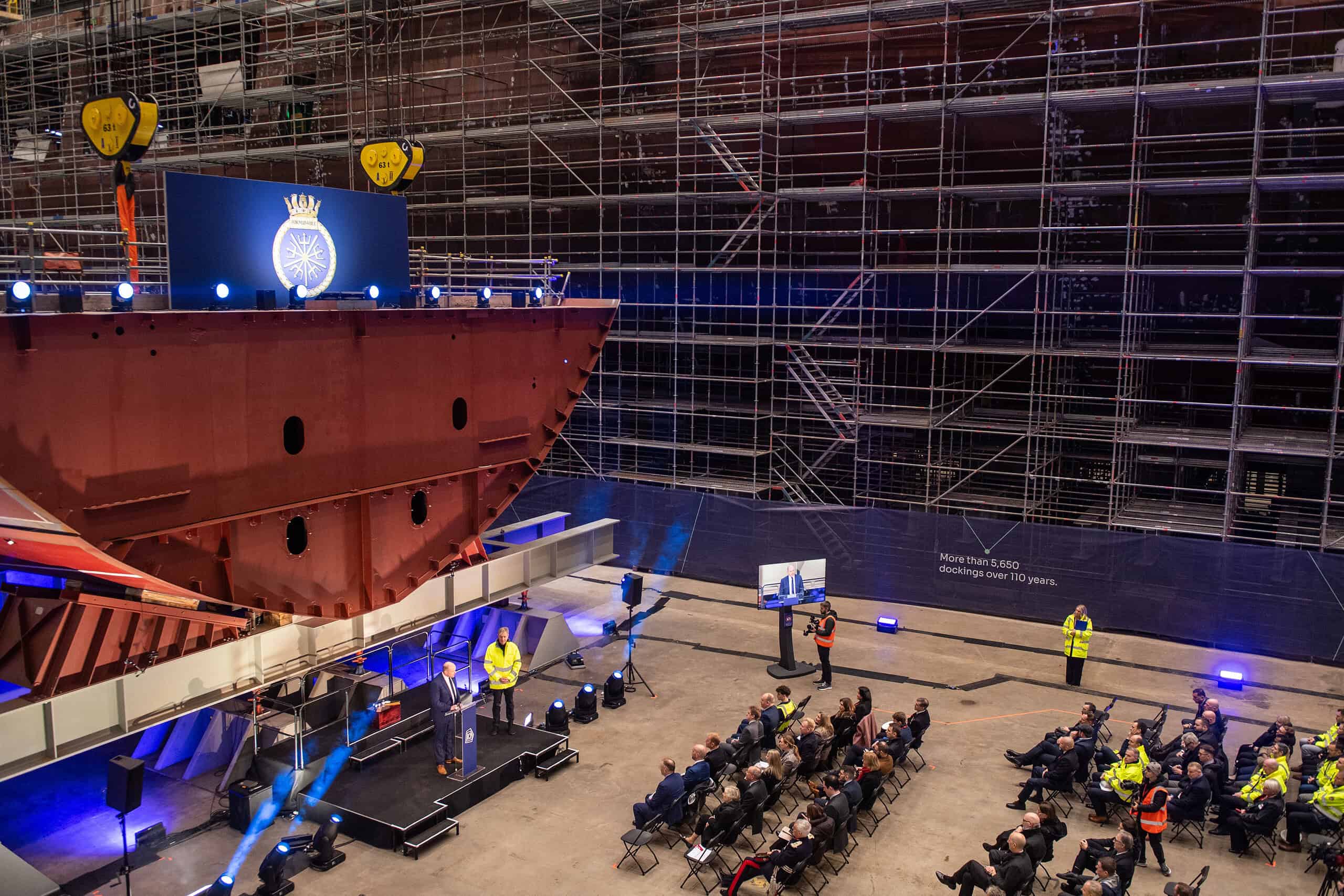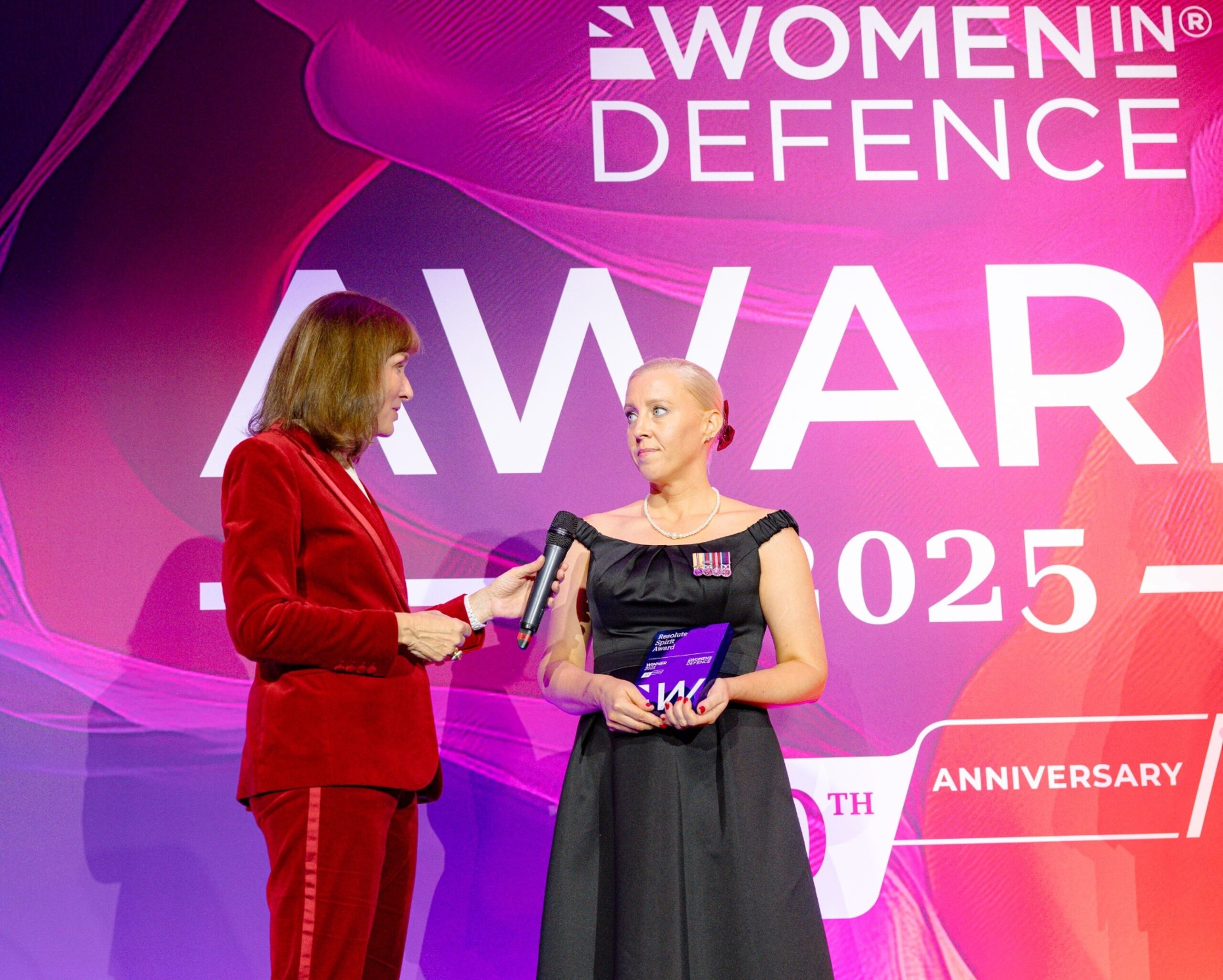Published 25 April 2025
Share this story
Nine Royal Navy Merlin Mk2 helicopters will be the eyes and ears of the UK Carrier Strike Group on its deployment to the Indo-Pacific over the next eight months.
Among the nine helicopters are three designed for Airborne Surveillance and Control (ASaC) which, delivered through the Crowsnest programme, will fly more than a mile above the Carrier Strike Group using their radars, lowered underneath the fuselage in a domed bag to look up to 100 miles in any direction.
The Merlin helicopters from 820 Naval Air Squadron arrived on HMS Prince of Wales from their home at Royal Naval Air Station Culdrose to begin their involvement in the Carrier Strike Group 25 mission.
The 200 men and women and their aircraft from the Merlin Helicopter Force will provide cutting edge anti-submarine warfare and airborne surveillance and control for the task group.
Wherever the CSG operates, the helicopters will hunt threats beneath the waves and scan the horizon for air and surface threats – and can be used to coordinate defence and strike operations.
Paul McDermott, Merlin – Head of Programmes at DE&S, said:
“The announcement that that the Merlin Crowsnest Programme has achieved its Full Operating Capability means the Royal Navy now has the full capability required for its Merlin aircraft configured in the Airborne Surveillance & Control (ASaC) role.
“The ASaC aircraft provide the airborne surveillance for the UK’s Carrier Strike Group, identifying airborne and surface threats. It also provides information and control for the task group’s aircraft.
“This achievement reflects a superb cross stakeholder endeavour comprising DE&S, Royal Navy and Industry personnel who have worked collaboratively to deliver this significant milestone for the UK and marks a key achievement for the programme bringing to fruition many years of intense work.”
Captain Colin McGannity, Carrier Air Wing and Strike Warfare Commander said:
“The principal reason for having the ASaC capability and the Crowsnest programme to do that is for protection of the strike group against air threats and, although it doesn’t fire anything to engage missiles, it’s there to provide early warning to ships and particularly for the threats that ships would struggle to see themselves.
“By getting a really capable radar up high and looking down, we’re taking advantage of all the lessons that we’ve learned in the past, particularly back in the Falklands War to make sure that we’ve got that capability to help protect the strike group.”
Crowsnest reached Full Operating Capability at the end of March, ahead of deploying with the Carrier Strike Group – meaning it’s now fully developed to ensure full protection to the task force’s warships from threats such as hostile aircraft, ships or incoming drones or missiles, enabling essential command and control over an extended area.
“Now the capability is right where we need it to be,” said Capt McGannity.
“The capability is so, so important and I admire the programme team who have been focused on the mission, focused on their importance to the Carrier Strike Group and pressed on through some of the difficulties.
“We need an airborne early warning capability to meet the threats and extend the range of what ships can see. We’ve got to do that to meet the threats we face.”
The programme has included more than just the integration of the radar and new mission system in the existing Merlin helicopter.
It also involves a new data link to share live tactical information with the ships below, the logistics of maintaining a fleet of aircraft at sea, and the creation of a training programme, including a new simulator at RNAS Culdrose, to prepare a corps of experienced aircrew of observers and pilots to run the system.
Crowsnest programme director Commander James Stone added:
“The Merlin Mk2 ASaC helicopters have now reached full operating capability and this is a hugely significant milestone.
“It now means the ‘eyes of the fleet’ are back, doing their core job with the full ability to deliver maritime force protection from air and surface threats.
“ASaC is one of three pillars of carrier strike. You have the carrier itself, the F35 jets that deliver the strike capability and ASaC which provides the overarching coordination and maritime force protection.”
Find out more about what we do at DE&S.

Defence Experts Delivering for the Nation
DE&S helps our armed forces protect the nation, our territories and our allies. Few other organisations have a higher collective purpose. It’s this purpose that drives our experts to deliver every day, making sure the soldiers, sailors and aviators serving our country have what they need to succeed.
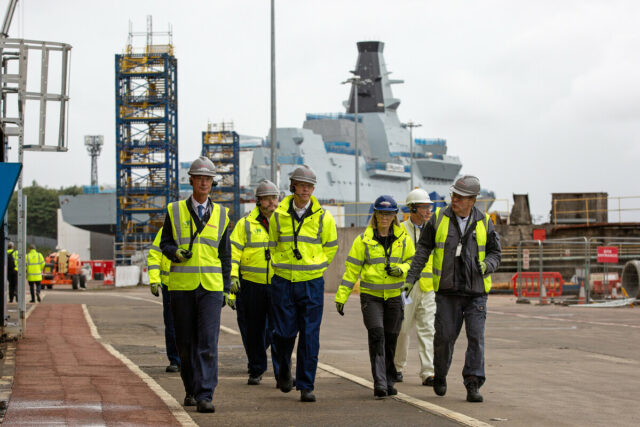
Partnering with industry for growth
Our commitment extends beyond delivering world-class equipment and support to the UK Armed Forces; we are dedicated to supporting UK economic growth, driving exports, championing sustainability and creating social value across our operations and the contracts we place with industry.

